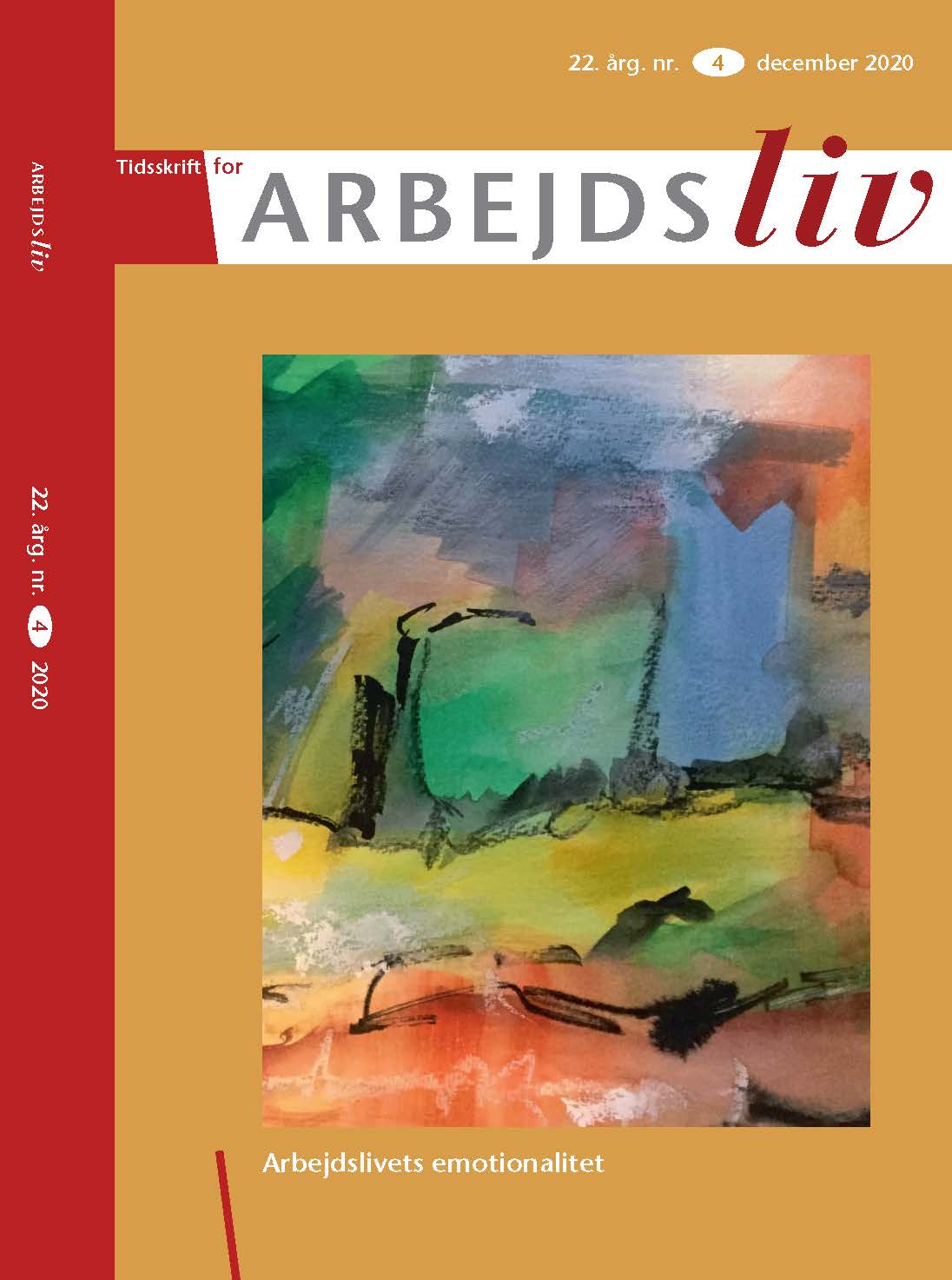Between formal and informal rhythms. An exploration of affective subjectifi cation in supervisors’ working life
DOI:
https://doi.org/10.7146/tfa.v22i4.124212Keywords:
Arbejdsliv, Affekt, Subjektivering, Akademia, NeoliberaliseringAbstract
In this article we explore the downsides of working life among relatively young academic teachers at Roskilde University. Theoretically, we are inspired by Lefebvre’s (2004) rhythm analysis and the Foucault inspired concept of affective subjectifi cation. In the article we will show the potentials of combining these two analytical approaches by developing an affective dimension in the rhythm analytical perspective. With this perspective on working life as a supervisor, we have gained insight into how the supervisor’s daily rhythms are created in interaction with formalized rhythms in the organization. Based on a collective biography written by three relatively new and temporarily employed supervisors (Davies, 2001), we explore the affective subjectivation in the formal and informal rhythms of working life. Here, it emerges that supervisors experience uncertainty in relation to becoming familiar with existing rhythms as well as how to aligning themselves with them. Supervisors also experience how simultaneous rhythms collide and create dissonance. Our analysis shows how both formal and informal rhythms and especially the tension between them implies an affective subjectifi cation key to supervisors. We identify an interesting paradox; inadvertently, a progressive pedagogical university contains affective pushes towards a neoliberal competitive infrastructure placing temporarily employed staff in a particularly challenging situation.
Downloads
Published
How to Cite
Issue
Section
License
Forfattere, der publicerer deres værker via dette tidsskrift, accepterer følgende vilkår:
- Forfattere bevarer deres ophavsret og giver tidsskriftet ret til første publicering, samtidigt med at værket ét år efter publiceringen er omfattet af en Creative Commons Attribution-licens, der giver andre ret til at dele værket med en anerkendelse af værkets forfatter og første publicering i nærværende tidsskrift.
- Forfattere kan indgå flere separate kontraktlige aftaler om ikke-eksklusiv distribution af tidsskriftets publicerede version af værket (f.eks. sende det til et institutionslager eller udgive det i en bog), med en anerkendelse af værkets første publicering i nærværende tidsskrift.
- Forfattere har ret til og opfordres til at publicere deres værker online (f.eks. i institutionslagre eller på deres websted) forud for og under manuskriptprocessen, da dette kan føre til produktive udvekslinger, samt tidligere og større citater fra publicerede værker (se The Effect of Open Access).





